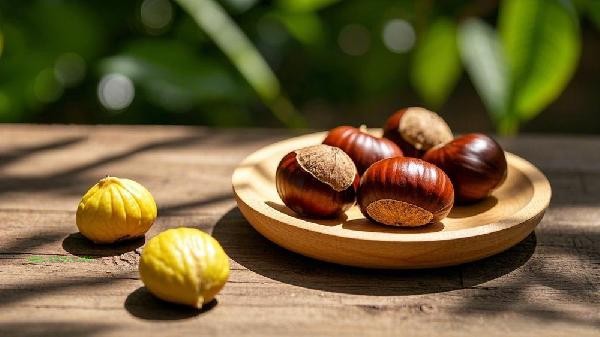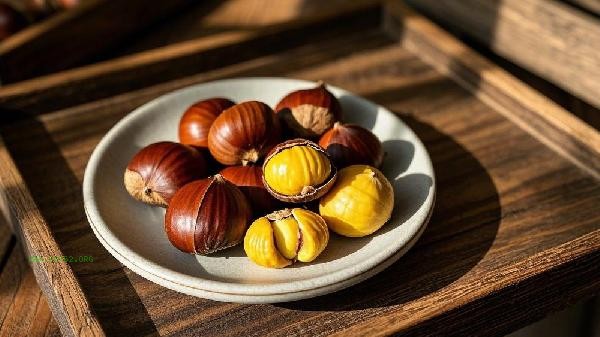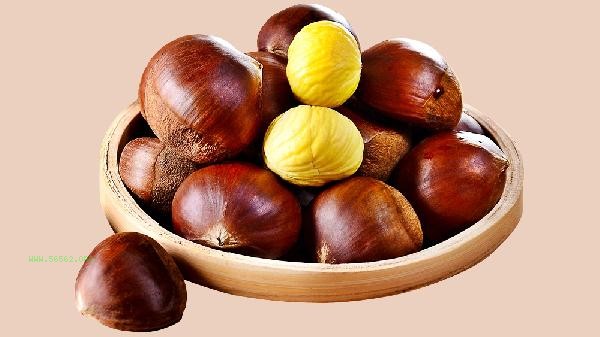The key to easy peeling of cooked chestnuts lies in pre-treatment and peeling techniques, mainly including hot water soaking, incision treatment, freezing, microwave heating, steam softening, and other methods.

1. Hot water soaking
Soak the cooked chestnuts in hot water while they are still hot for a few minutes, keeping the water temperature around 60 degrees Celsius. Hot water can soften the thin film between the chestnut shell and flesh, making the shell easier to peel off. The soaking time should not be too long to avoid the fruit pulp absorbing too much water and affecting the taste. After soaking, you can wrap it in a towel and gently rub it to help the shell fall off.
2. Cut Processing
Before cooking, use a knife to make a cross shaped cut on the curved surface of the chestnut, with a depth suitable for cutting the shell. During cooking, moisture will seep into the cut, causing the outer shell and flesh to naturally expand and separate. After cooking, gently squeeze along the incision to fully extract the flesh. Note that the incision direction should follow the texture of the chestnut to avoid damaging the integrity of the fruit flesh.
3. Freezing method
Drain the boiled chestnuts and place them in the freezer for 15 minutes. Low temperature will cause the outer shell to contract and create gaps with the fruit flesh. After removal, it can be easily peeled off by warming it back slightly. This method is particularly suitable for ripe chestnuts that need to be preserved. After freezing, it does not affect the flavor when reheated and can maintain the integrity of the flesh without sticking to the shell.

4. Microwave Heating
Place the shelled ripe chestnut in the microwave oven and heat it on high heat for 20 seconds, using the microwave to quickly vaporize the residual moisture inside. The steam pressure will open the connection between the outer shell and the fruit pulp, making it easier to peel the shell while it is hot after removal. Pay attention to controlling the time to avoid the fruit pulp being too dry. After heating, wrap it in a damp cloth for a while to increase the humidity of the shell.
5. Steam softening
Use a steamer to steam and cook chestnuts in water for 3-5 minutes. Steam can evenly soften the shell without taking away the nutrients from the flesh. Immediately put it into ice water for rapid cooling after steaming, and use the principle of thermal expansion and contraction to automatically crack the shell. The flesh peeled by this method has a golden and intact color, making it particularly suitable for cooking needs that require shape preservation.

It is recommended to choose varieties with full and glossy shells for fresh chestnuts, and to keep them ventilated and dry during storage to avoid germination. After peeling, chestnuts can be refrigerated for 3 days or frozen for 1 month. After thawing, they are suitable for stewing soup, making fillings, or making desserts. Pay attention to checking for any spoilage when consuming, as moldy chestnuts can produce toxic substances that are not edible. Chestnuts are rich in carbohydrates and B vitamins, but those with high blood sugar levels need to control their intake.








Comments (0)
Leave a Comment
No comments yet
Be the first to share your thoughts!